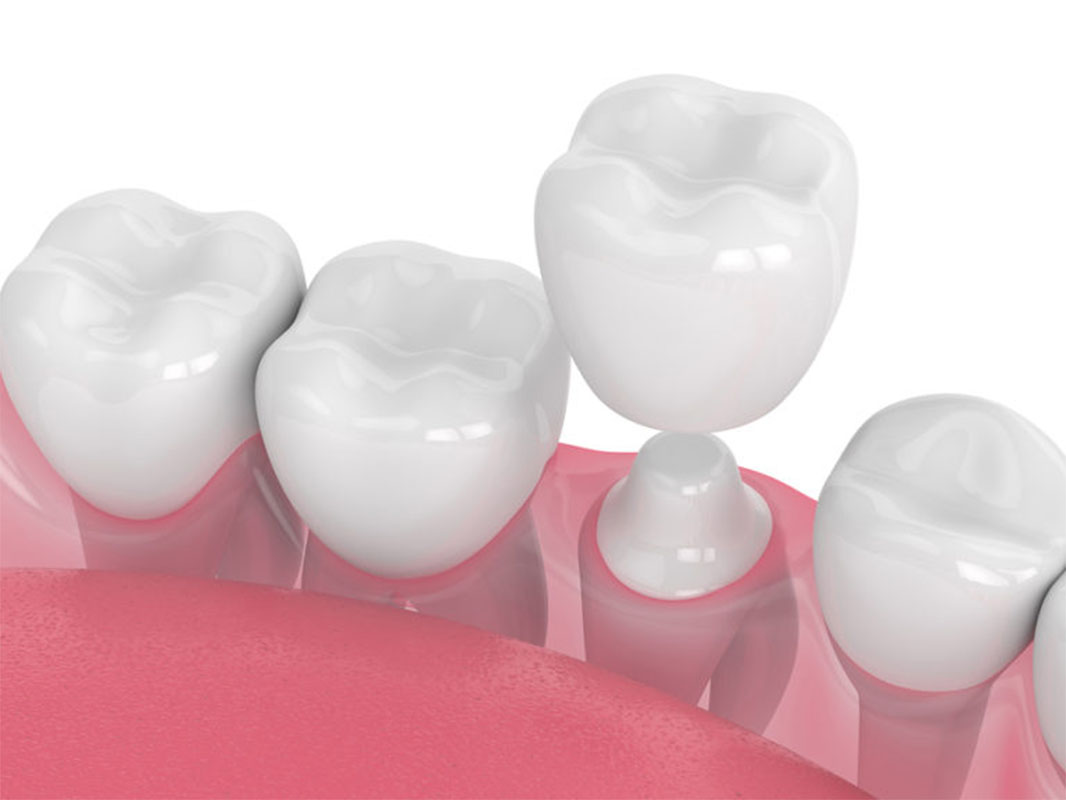 A visit to the dentist has revealed the need for one or more dental crowns. What you will learn is that crowns usually require two office visits and several steps.
A visit to the dentist has revealed the need for one or more dental crowns. What you will learn is that crowns usually require two office visits and several steps.
Reasons A Dental Crown May Be Needed
Your dentist will always try to save a biological tooth whenever possible. Placing a dental crown does exactly that; they are the ideal treatment option for:
A Fractured Tooth: Although teeth are very strong, a fracture can occur from biting down on something hard.
Extensive Decay: When placing a filling on a deep cavity risks the integrity of the tooth, your dentist may opt for a crown. In some cases, a partial crown (an inlay or onlay) may be all that is required.
Sealing the Opening Following Endodontic Therapy: Endodontic therapy (root canal) is a measure taken when the nerve of a tooth has been damaged. An access point is required to reach the tooth’s root canals; the final step for this procedure is to seal that access point often using a dental crown.
Abutments for a Fixed Prosthesis: If tooth loss should occur, a fixed partial or bridge is a treatment option that requires crowning the healthy teeth that surround missing teeth. The pontics (or false teeth) will be made to match neighboring teeth and coupled with the crowns, the patient will have a permanent solution for tooth loss.
The Steps for Placing a Dental Crown
Depending on the location of the tooth, the type of material to be used for the crown will be discussed. If the tooth is in the smile line, a tooth-colored material like porcelain is desirable.
The dentist will anesthetize the area. The tooth is milled down removing a major portion of the tooth leaving enough in place to attach the crown.
An impression is taken that will be sent to the dental lab for crown fabrication. A temporary crown is placed on the prepared tooth; it will be left in place until the permanent crown is back.
On seat day, the temporary is removed and the new crown is tried in. Your dentist has the capability to make adjustments at this time. When the fit and appearance are correct, the crown is polished and cemented into place. You will likely be advised to avoid biting hard or sticky foods for a day or two.
For more information about dental crowns or to schedule a consultation, contact our team today.

